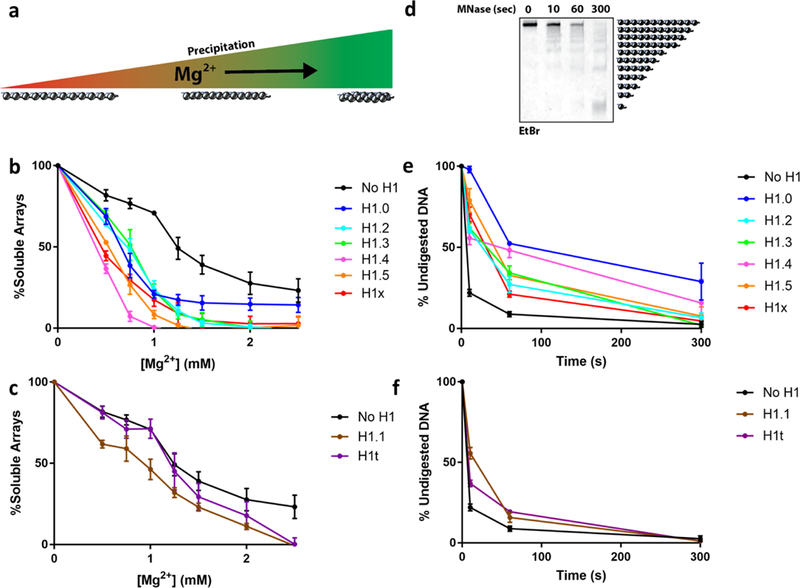Figure 3: The different H1 variants exhibit a range of chromatin compaction capabilities.

(a) Schematic model for the Mg2+ precipitation assay. 12-mer nucleosome arrays precipitate in the presence of divalent salts such as Mg2+ as a function of their compaction state. The arrays were assembled in the presence of a slight stoichiometric excess of H1, followed by step-wise precipitation by Mg2+. The H1 variants were subcategorized into strong (b) and weak (c) array compactors. (d) Representative 5 % acrylamide TBE native gel of MNase digestion of arrays assembled with H1t. MNase digestions were performed on arrays assembled with all the purified H1 variants, quantified by densitometry and plotted as percentage of undigested array band. The data was plotted based on the Mg2+ subdivision of strong (e) and weak (f) compactors. Error bars indicate the standard deviation of three separate experiments.
